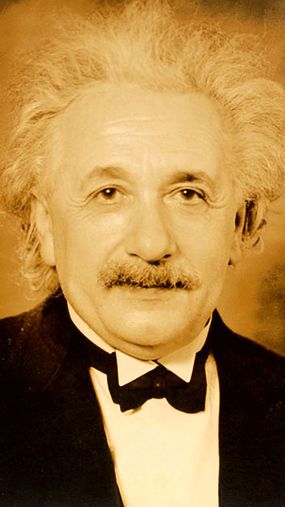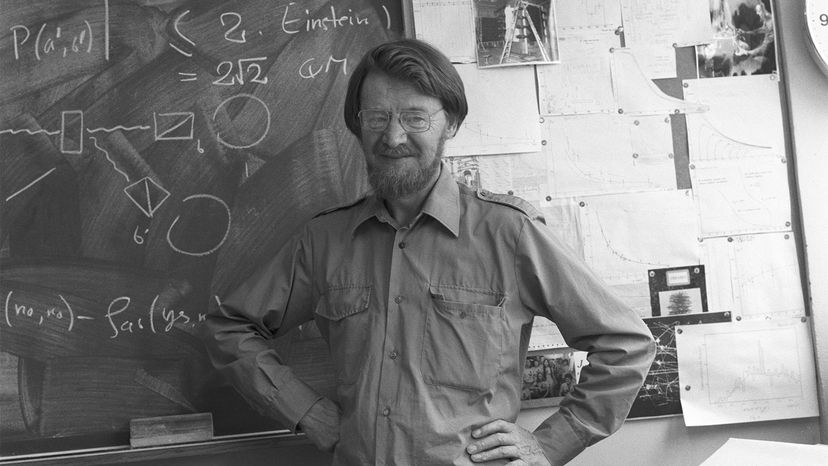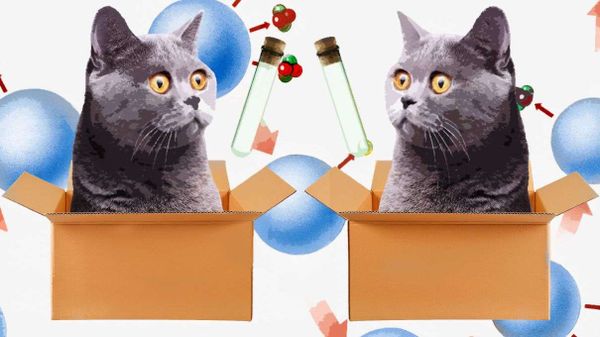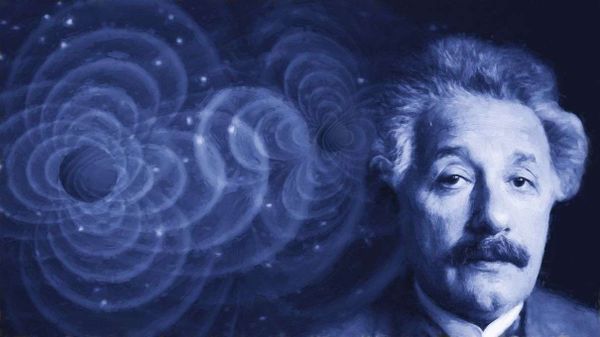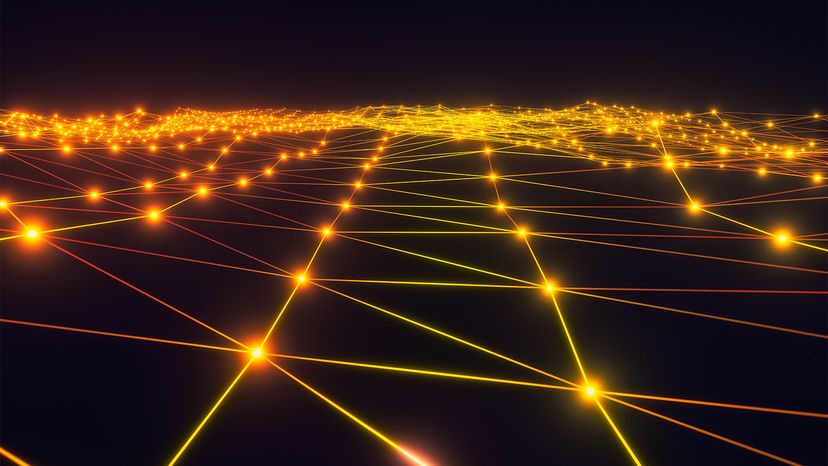
The 2022 Nobel Prize in physics recognized three scientists who made groundbreaking contributions in understanding one of the most mysterious of all natural phenomena: quantum entanglement.
In the simplest terms, quantum entanglement means that aspects of one particle of an entangled pair depend on aspects of the other particle, no matter how far apart they are or what lies between them. These particles could be, for example, electrons or photons, and an aspect could be the state it is in, such as whether it is "spinning" in one direction or another.
Advertisement
The strange part of quantum entanglement is that when you measure something about one particle in an entangled pair, you immediately know something about the other particle, even if they are millions of light years apart. This odd connection between the two particles is instantaneous, seemingly breaking a fundamental law of the universe. Albert Einstein famously called the phenomenon "spooky action at a distance."
Having spent the better part of two decades conducting experiments rooted in quantum mechanics, I have come to accept its strangeness. Thanks to ever more precise and reliable instruments and the work of this year's Nobel winners, Alain Aspect, John Clauser and Anton Zeilinger, physicists now integrate quantum phenomena into their knowledge of the world with an exceptional degree of certainty.
However, even until the 1970s, researchers were still divided over whether quantum entanglement was a real phenomenon. And for good reasons — who would dare contradict the great Einstein, who himself doubted it? It took the development of new experimental technology and bold researchers to finally put this mystery to rest.

Advertisement
